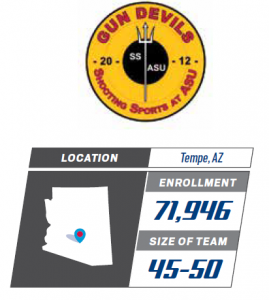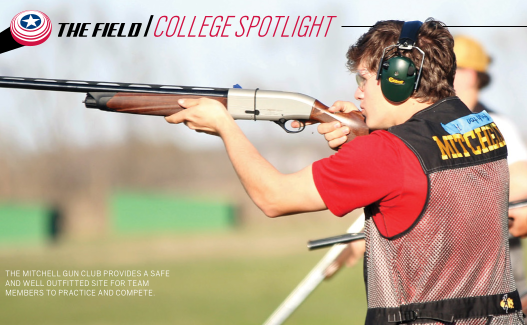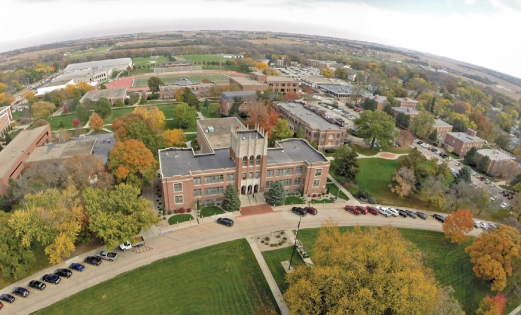 Looking through Arizona State University’s long list of accomplishments in clay target shooting, it’s hard to believe that the college is still a relative newcomer to the sport.
Looking through Arizona State University’s long list of accomplishments in clay target shooting, it’s hard to believe that the college is still a relative newcomer to the sport.
Its team, the Gun Devils, has racked up dozens of top-three team and individual finishes in state and national competition since its inception in 2012. The program’s winning ways, combined with its commitment to community engagement and preparing students for careers, has created a national appeal. Asked about the swift success, head coach Jim Tweedley, who helped get the Gun Devils started, said the student athletes should get most of the credit.
“The success of the ASU Gun Devils is a testimony to the attitude and hard work of the students themselves,” he said. “Sure, we have some good coaches that can teach the tools necessary, but it is up to the students to set goals, practice, and apply what they learn.”
 MODEST BEGINNINGS
MODEST BEGINNINGS
Tweedley, an avid outdoor enthusiast and Arizona Game and Fish Department volunteer, has a history teaching fly fishing, archery and clay target shooting. After instructing high schoolers for a while, he saw a need for more shooting sports programs at the next level.
“We decided to establish the ASU team because there was only one team near there in Arizona at the collegiate level. That was the University of Arizona,” Tweedley said. “So we wanted to provide students with another opportunity to continue shooting after high school.”
ASU, a sprawling five-campus institution based in Tempe, Ariz., boasts the country’s largest college enrollment at nearly 72,000 students. Well known for innovation, the school is also popular for majors in business, marketing, engineering and more. The shooting team, which today involves 45–50 athletes, started with eight novice shooters, Tweedley says. The team practices at Ben Avery Shooting Facility in Phoenix and competes in the Association of College Unions International.
The Gun Devils is a student organization, funded through grants that take care of ammunition, targets, travel, entry fees and other costs. An annual $200 student participation fee ($100 per semester) covers administrative costs.
The students, who shoot throughout the academic school year, also spend time volunteering and fundraising for the organizations that support them, such as the Game and Fish Department and various foundations. Being community stewards has helped build program recognition and create learning opportunities.
“Like any student club or organization, it’s designed to give students a chance to build leadership skills,” Tweedley said. “So our students, the ones who want to get really involved, will learn how to do budgets and plan events, and all these sorts of things. So we’re building a college resume as they go.”
THREE-PRONGED APPROACH
Key to the Gun Devils’ dominance in competition is adhering to the team motto:
“We learn one, we do one, we teach one,” Tweedley says. That essentially boils down to the following:
- The mental game: Viewing every competition as a win regardless of outcome; students either make the podium or learn from the experience and improve.
- Effective practice: Using practice to improve the skills that need work, not those that are already mastered.
- Student Coaching: All Gun Devils learn how to coach from day one. Coaches are prohibited from giving advice during competitions, Tweedley says, but students can advise each other.
Tweedley says he has seen a measurable uptick in interest in college clay target shooting as participation at the high school level has grown, and he expects that to continue. But for high schoolers interested in shooting at the next level, he says to remember to consider what you want from your education first, and shooting programs second.
“In the end it’s a lot of fun,” he said. “And you gotta look at it as an opportunity.”




